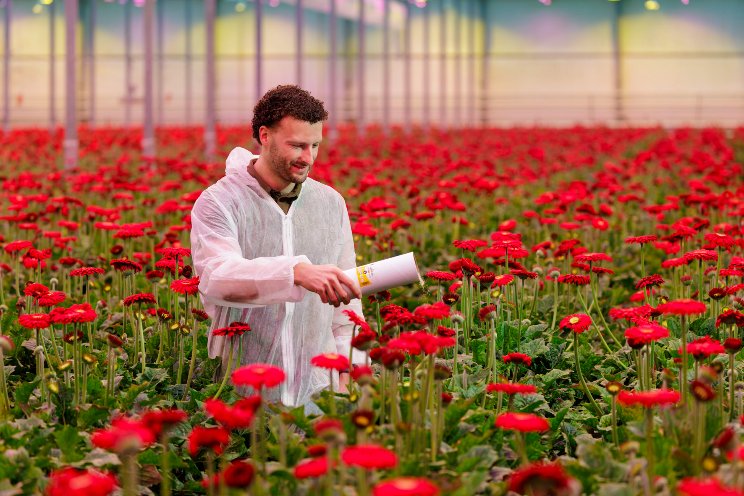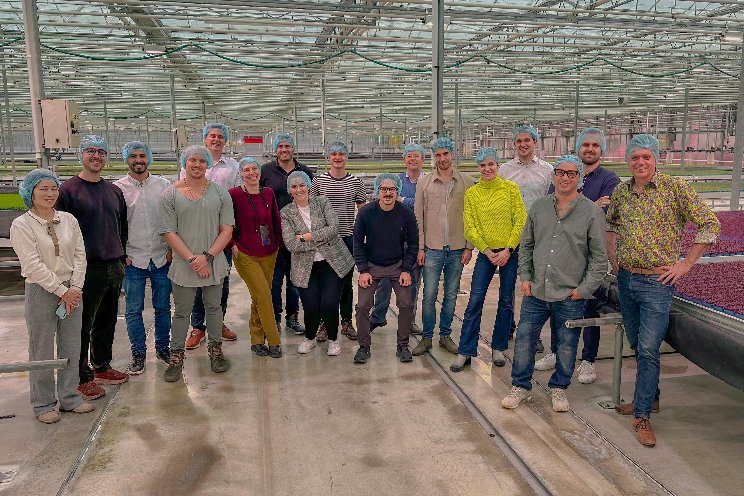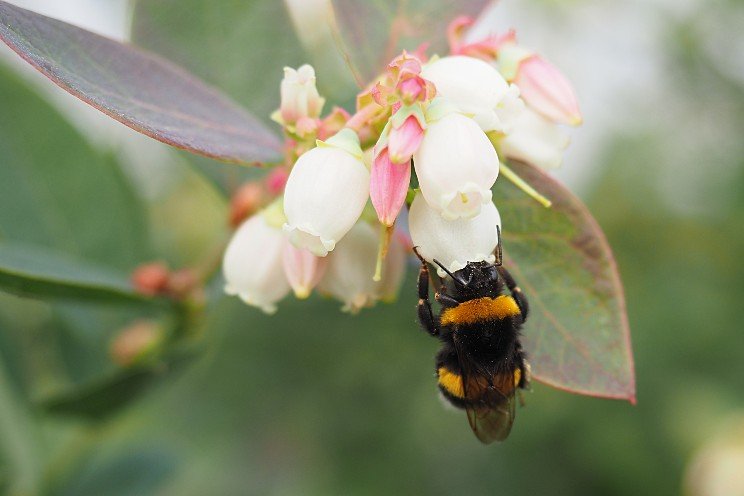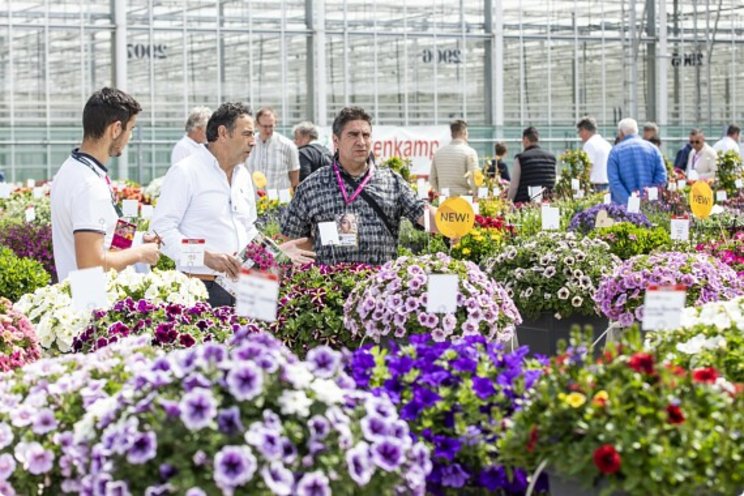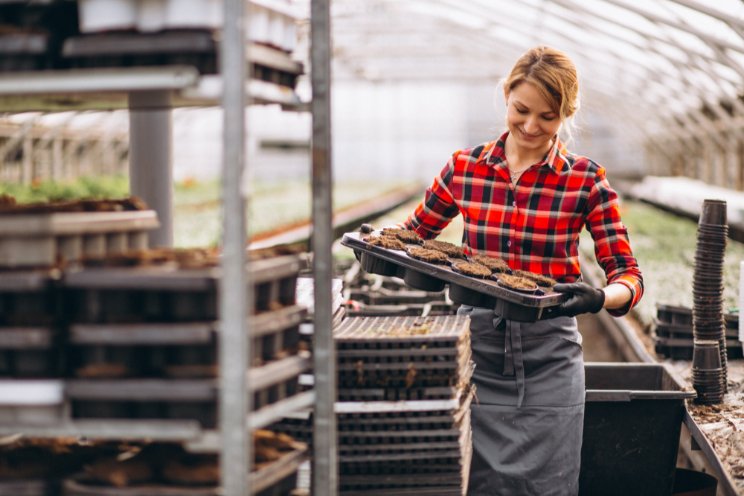How AI is powering transformation in agricultural energy
Added on 18 April 2024

This article delves into the transformative impact of AI on energy usage in greenhouses and vertical farms exploring how it reduces costs and fosters eco-friendly practices.
Demand-Side Management: A Strategic Approach
One of the key contributions of AI in the greenhouses and vertical farms lies in its ability to optimize demand-side management. AI can analyze large amounts of data from various sources to identify energy inefficiencies and suggest improvements.
Image by freepic.diller on Freepik
More news
